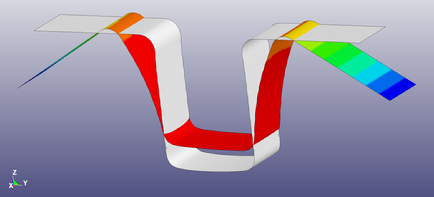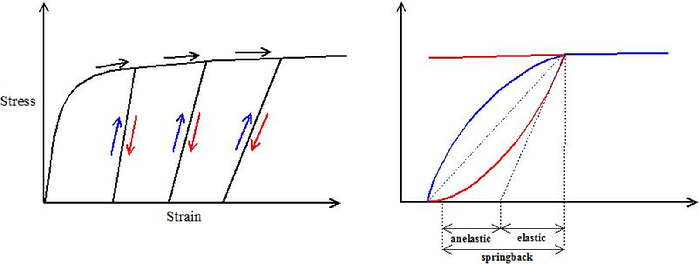Duration
Start: 01-05-2014
End: 01-05-2018
Partners
![]()
![]()


Staff
- ir. Ali Torkabadi
- dr.ir. Timo Meinders
- dr.ir. Semih Perdahcioglu
- prof.dr.ir. Ton van den Boogaard
- prof.dr.ir Jilt Sietsma
- dr.ir Zaloa Arechabaleta
- ir. Bert van Haastrecht
- dr.ir. Eisso Atzema
- drs. Peter van Liempt
Description
Automotive industry is increasing the use of Advanced High Strength Steels (AHSS) to reduce the weight of vehicles. A weight reduction means that less material is used, and fuel consumption and CO2 emission are decreased. Weight reduction will be even more important to facilitate electric vehicles (EV) because then smaller batteries can be used and that is the main cost factor in EV’s. Automotive customers have indicated to Tata Steel that the major hurdle in employing AHSS is not the limited formability but dimensional control. In simple terms: obtaining the required shape accuracy is difficult. This is mainly because the springback—elastic and anelastic relaxation after forming—cannot be predicted accurately and hence multiple expensive and time consuming reworks of the stamping dies are needed.
The elastic and anelastic behaviour of steel determines the so-called springback phenomenon, which causes stamped parts of sheet metal to change shape when removed from the stamping dies. Springback depends on the reversible behaviour of the material, thickness of the part and the stress level in the part. AHSS have a high strength and therefore thinner sheet can be used. Both aspects increase the degree of springback, hence springback-related issues are of major importance for understanding and using this class of materials. Unfortunately, the overall elastic (reversible) behaviour is not fully represented by the atomic interactions reflected in the elasticity modulus (as currently assumed in simulation software) and depends on the degree of prior plastic deformation. The reason lies in the anelastic behaviour of mobile dislocation segments in the microstructure, which bow out also at stresses below the yield stress and thus cause what is called anelastic strain. Accurate prediction of the unloading-reloading behaviour should be based on the understanding of the elastic and anelastic behaviour of the material after plastic deformation.
The aim of this research is to capture the unloading-reloading behaviour in a physically based material model. The underlying elastic and anelastic material behaviour, which is dependent on prior plastic deformation through the dislocation structure, must be implemented in modelling the loading-unloading-reloading cycle. Besides, the influence of deformation mode, elevated temperature and time must be accounted for. An extensive experimental research program is set up in this project to characterize the effective elasticity modulus and loading-unloading-reloading behaviour of Advanced High-Strength Steels. A physically based material model will be developed and calibrated based on the experimental results. This model will supply a fundamental basis for the reversible behaviour of these steels and thus improve the predictability of springback simulations of AHSS automotive parts.
